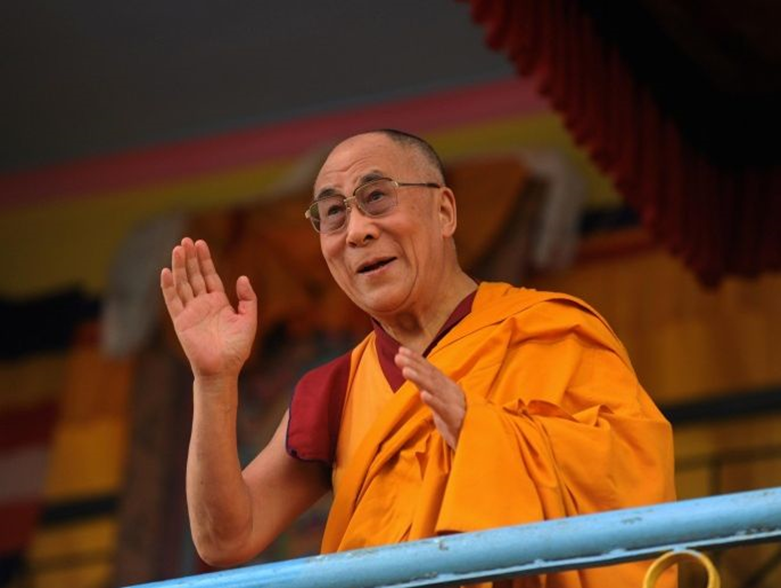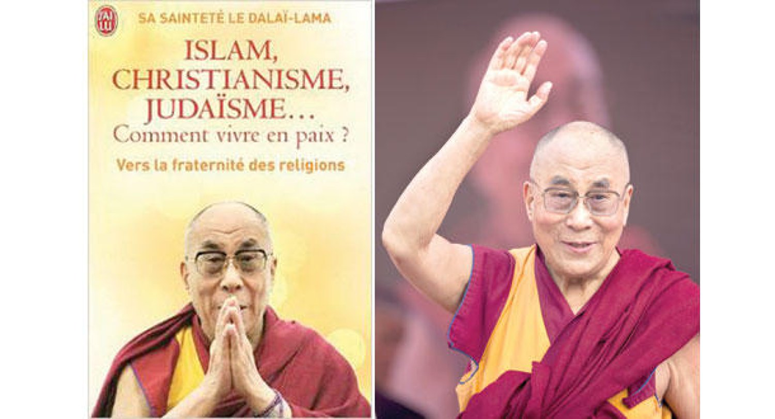The Dalai Lama

His name is Tenzin Gyatso, and he is the 14th Dalai Lama who represents the supreme religious leadership of Tibetan Buddhists. He belongs to the Yellow Berets group called Gelugba, and the reception of countries around the world arouses the anger of China , which accuses him of carrying out hostile separatist activities.
Dalai means the ocean in the Mongolian language, while Lama means the spiritual master. The Dalai Lama, along with the regent and the Tibetan government, represented the ruling regime of Tibet from 1642 to 1959.
Birth and upbringing:
The Dalai was born on July 6, 1935 in the Tibetan village of Taxter in Qinghai Province in central western China.
Political experience
In 1949, during the invasion of Tibet by Chinese forces, advisors convinced the Dalai Lama to assume the presidency of the government, even though he was only 16 years old. His experience in managing Tibet only lasted until the age of 19.
In 1959, the Dalai Lama received an invitation from the Chinese to attend a parade in the military zone. It is a call that was met with skepticism. The period that followed witnessed the return of tensions to the region, and the arrival of Chinese forces there.
Against the backdrop of the Chinese occupation of Tibet in 1959, the Dalai Lama moved 14 refugees to India to arrive there and those with him, including his mother and sister. He was received by Indian Prime Minister Jawaharlal Nehru and guaranteed them residency in his country, and thousands of his followers arrived in India successively.

The Dalai Lama settled in Dhar Masala, Himshal Pradesh state in northern India, and established a central administration for the Tibetan government in exile there. The Tibetan Parliament in exile was also established in 1960. In 1963, the Dalai Lama issued a constitution for Tibet.
After years in exile, in 1987, he presented a five-point peace plan, which he was able to present in a number of places, including the US Congress and the European Parliament. The plan aims to make Tibet a zone of peace in the middle of the turbulent Himalayan region, and to respect basic human rights and democratic freedoms for the Tibetans. And protecting the environment and nature in the region.
Reactions varied at the time regarding the presentation of these five points. They were met positively in the West, unlike China, which strongly rejected them.
After some time of demanding the liberation of Tibet, the Dalai Lama began in 1995 to pursue a new policy that he called the Middle Way, which is a settlement based on declaring autonomy for Tibet within the framework of the Chinese state.
China opposes any country receiving the Dalai Lama, and considers this interference in its internal affairs. US President Barack Obama's reception of him on February 6, 2015, angered Beijing , which made it clear that the Tibetan religious leader was leading anti-China separatist activities under the guise of religion.
Obama shared the National Prayer Breakfast with the Dalai Lama, and said at the beginning of his speech, "I want to extend a special welcome to a close friend."

Awards and Medals
The spiritual leader of the Tibetan people is described as a peace advocate. He won the Nobel Peace Prize in 1989, and the US Congress honored him with the Gold Medal, the highest American civilian honour.
Source : websites

